Красногорский механический завод
The KMZ plant was installed back in 1942, during the Second World War, and its location was selected to be far away enough from the front lines, in relative safety from the war zone. After the war, many resources, blueprints and information from Zeiss Jena were transferred to KMZ, as well as engineers and mechanics, to help set up Russian production of several famous original Zeiss-designed lenses. Some of them include:
- Zeiss Biogon 35mm f/2
- Zeiss Sonnar 50mm f/2
- Zeiss Sonnar 50mm f/1.5
- Zeiss Sonnar 85mm f/2
- Zeiss Sonnar 135mm f/4
As the glass types available in Russia were somewhat different to those used by Zeiss, the lens designs had to be adjusted to these. When the Russian variants of these lenses were launched, they also were renamed and got their now-famous Jupiter branding:
- Jupiter-12 35mm f/2
- Jupiter-8 50mm f/2
- Jupiter-3 50mm f/1.5
- Jupiter-9 85mm f/2
- Jupiter-11 135mm f/4
There were many more KMZ lenses in additon to the five named above – not only adapted Zeiss designs, but also several fascinating new lenses as well, such as the ultra-wideangle Russar 20mm f/5.6. Check out sovietcams.com for much more detailed information on Russian lenses and cameras!
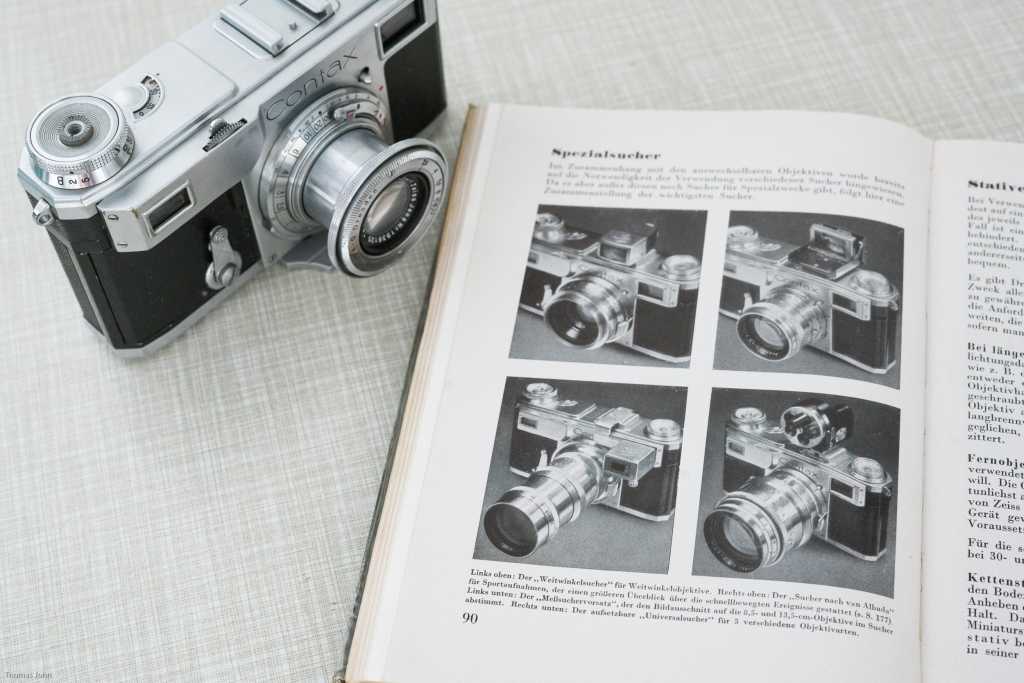 A page from the Contax-Buch by Otto Croy, 1942.
A page from the Contax-Buch by Otto Croy, 1942.
The page from the old Contax-Buch shows the various viewfinder types – Spezialsucher – that helped to use lenses with various focal lengths on the rangefinder Contax II camera.
Also pictured are, from top left to bottom right, the original Zeiss (for Contax) versions of most of the lenses I mentioned above: 35mm f/2, 50mm f/1.5, 135mm f/4 and 85mm f/2.
Getting Zeiss originals in good condition requires the collector’s dedication and expense, while the Russian adaptations – all being mass produced at least into the late 1980s – are still easily available and fairly cheap. Note that Zeiss only produced these lenses for their own Contax cameras (and the telephoto versions also, in different barrels, for the Exakta SLR system). Very few, if any, Zeiss rangefinder lenses were ever originally made in the then-current Leica M39 mount. (And if you stumble upon a M39-mounted Zeiss-branded lens today, you really have to make sure it’s not a fake!)
The Russians, however, made all their rangefinder lenses both for the Kiev (= Contax) as well as M39 mount.
Two different lens barrels, four different mount options
Basically, there were two different variants of the Jupiter-9. The glass was the same, but the barrels were distinctively different: One was made for rangefinder cameras, and the second, shorter lens barrel for SLR cameras with their bulky mirror boxes. The rangefinder lenses were made for Kiev (Contax bayonet) and M39 cameras; the SLR cameras had a M39 thread mount and later the well-known M42 thread mount. Note that the rangefinder M39 and SLR M39 lenses still have very different flange distances.
If you have a DSLR, you can only use the M39 or M42 SLR-style Jupiter-9’s. (You need a small adapter thread to go from M42 to M39, that’s no big deal.) If you have a mirrorless camera, you can adapt all four lenses – but note that it’s somewhat harder to source a Contax/Kiev adapter than the others. Last but not least, you can off course also use the rangefinder versions of the Jupiter-9 on any rangefinder camera, including the digital Leica M9 or M10. However, please note that there seem to be some issues with focusing accuracy.
Both rangefinder and SLR barrel variants of the Jupiter-9 were made for decades, so there’s been a lot of small design changes during the long production runs. During the 1960s, LZOS started to switch from their old bright aluminum finish to black enamel, later black anodised finishes. My lens already has the black anodised finish.
Also, the coatings were changed a couple of times during production. Let’s just say the Russian coatings are never really that good, and the age and wear of the lenses when you source them today off ebay surely doesn’t help that either.
There’s a lot of discussion as to which versions perform the best. In general, the consensus seems to be that the earliest models, made in the 1950s and maybe early 1960s, have a somewhat higher build quality. On the other hand, they are also the oldest by now, and that might bring other issues to the table. That’s why I went for a newer lens that looked like it wasn’t used too hard in its life. I can’t really comment if my lens is better or worse than others, but from what I’ve gathered on the net, it seems to perform just like any Jupiter-9 should perform.
Prices? In late 2019, you can source a lens like this for around 100–150 Euros in Germany. In general, the age or variant doesn’t seem to affect prices too much. When I was shopping around, I found that buying a set with a matching Zorki camera was actually cheaper than shopping for a lens alone. Go figure …
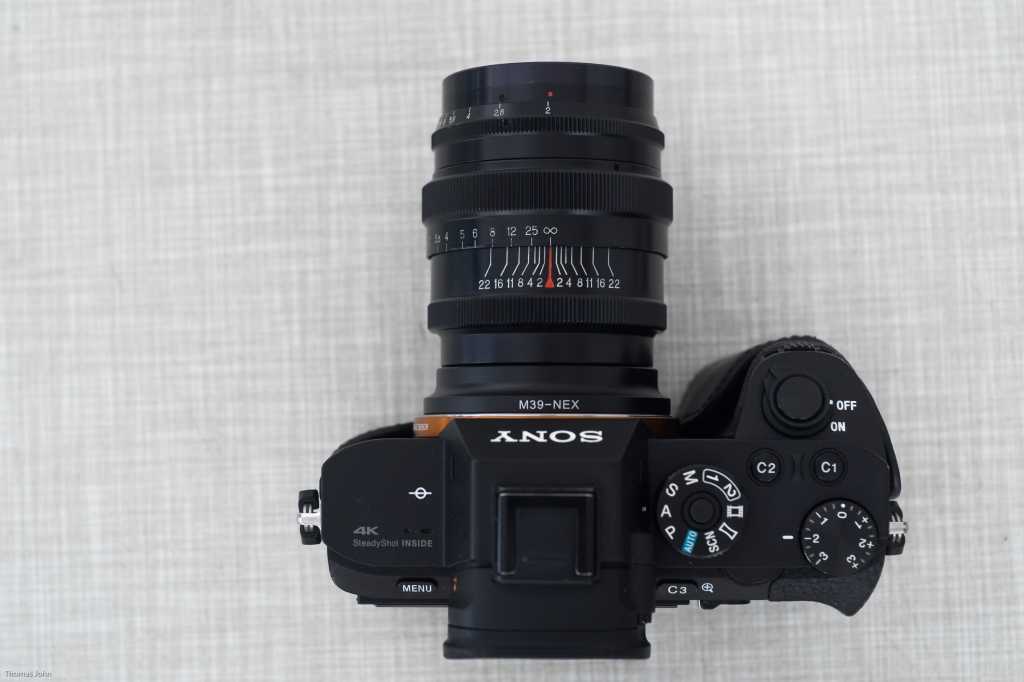 Focused to infinity.
Focused to infinity.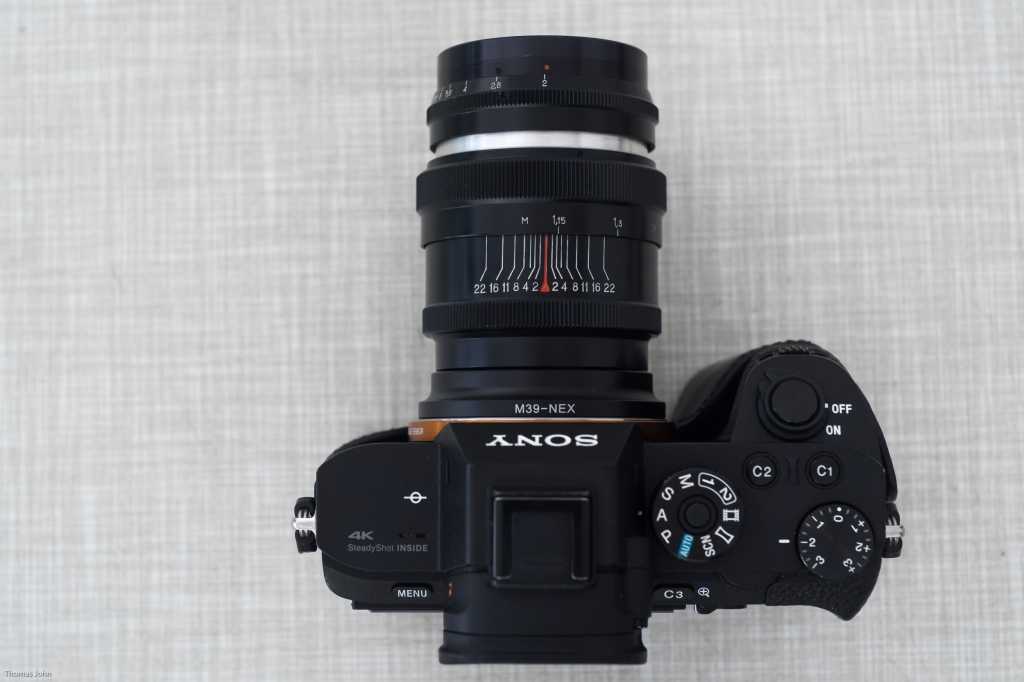 At maximum close focus (1.15 metres).
At maximum close focus (1.15 metres).
МС Юпитер-9 2/85 М42
Оптическая схема:
Фокусное расстояние: 85 ммУгол поля зрения: 28°Размер кадра: 24×36 ммКоличество линз/групп: 7/3Рабочий отрезок — 45,5 ммОтносительное отверстие: 1:2Пределы шкалы диафрагм: 1:2–1:22Количество лепестков диафрагмы — 15Регулировка диафрагмы — бесступенчатаяПредустановка диафрагмы — есть Ближний предел фокусировки — 0,8 м
Соединения:объектива с камерой — M42×1Расположение крепления для светофильтров: переднееРазрешающая способность по ТУ (центр/край): 30/18 линий/ммКоэффициент светопропускания: 0,75Вес — 360 г
Передняя и задняя линзы объектива имеют многослойное просветление едва заметного фиолетово-зеленого оттенка.
Самое ближнее к камере кольцо — для фокусировки. Оно достаточно широкое и имеет удобную накатку. Пользоваться удобно.
Полный ход геликоида — около 270 градусов. Ход длинный, что очень удобно при фокусировке на портретных дистанциях. МДФ 0,8 метра.
Шкалы дистанций и ГРИП на новом корпусе Юпитер-9 нанесены более удобно.
Колец диафрагмы два. Расположены они вплотную друг к другу и вплотную к кольцу фокусировки.
Самое дальнее от камеры отвечает за предварительную установку диафрагмы. Шкала со значениями — только для него! Шкала эта, собственно на кольцо и нанесена.
Колечко чуть ближе — служит для того, чтобы фотограф мог быстро закрыть диафрагму от полностью открытого положения (на котором происходит компоновка кадра) — до закрытого на столько, на сколько выставлено предварительно.
По положению этого кольца определить относительное отверстие невозможно. Оно не предполагает использование промежуточных положений – только крайние.
На этом кольце нет даже риски.
Диафрагма состоит из 15 лепестков. На любом значении диафрагмы они формируют идеально ровные круги. Юпитер-9 — один из объективов с самыми ровными кружками в зоне нерезкости.
Лепестки черненые, матовые.
Практическое использование:
Вообще, Юпитер-9 дает достаточно мягкую картинку. Особой прям резкости, тем более на открытой диафрагме, от Юпитер-9 ждать не стоит. Возможно, тут сказывается и не очень высокая разрешающая способность.
Но Юпитер-9 ведь позиционируется как портретник, а ему бритвенная резкость не нужна. Пластичность картинки для портретника это достоинство.
Есть мнение, что экземпляры Юпитер-9 производства КМЗ имеют оптическое качество выше, чем у Лыткаринских.
F2 — это большая светосила на ФР 85 мм. В большинстве случаев это даже избыточно. Задний фон размывается очень сильно.
Само фокусное в 85 мм — отличный универсальный вариант для портретной съемки.
С одной стороны, при сравнительно крупноплановой съемке мы не тыкаем модели объективом в лицо.
В другой, для съемки общего плана нам не нужно отходить куда-то совсем уж далеко за горизонт.
Наконец, Юпитер-9 – очень компактный. Пользоваться им просто удобно. Он реально чуть больше обычного штатника.
Мне картинка данного Юпитер-9 понравилась. Резкости и детализации вполне достаточно. Рисунок размытия приятный: мягкий, плавный. Съемка на портретной дистанции комфортна.
Тестовые снимки: Эти и другие фото в полном размере вы можете посмотреть по этой ссылке
Эргономика и конструктив:
Органы управления МС Юпитер-9 родом из 30-х годов, это касается всех объективов Юпитер, за 50 лет ни СССР ни РФ кардинально не изменили оправу объективов. Кольцо фокусировки расположено слишком близко к хвосту объектива, соответственно оно очень не далеко от тела Зеркальной камеры. Кисть левой руки изрядно изгибается, вызывая некоторый дискомфорт.
Управление диафрагмой осуществляется двумя кольцами и вынесены они на самый нос
Переднее (первое кольцо) с разметкой диафрагм отвечает за предварительную установку диафрагмы, если его поставить на значение 5,6 управлять диафрагмой можно будет в пределах 2.0-5.6 (важно: сначала вторым кольцом полностью открыть диафрагму). Среднее (второе кольцо) отвечает за закрытие-открытия диафрагмы
Сама диафрагма состоит из 15 черненных лепестков, на любых значениях они формируют круг. Ни какой речи о «гайках» в Боке быть не может — только кошерные кружочки. А это уже много стоит.
Как упоминалось выше эргономика из 30-х годов прошлого столетия, соответственно внутренний конструктив и механика того же возраста, нет ничего что могло бы выйти из строя — так как механизмов нет вовсе. Объективы всех версий Юпитер-9 (кроме Юпитер-9 Автомат) имеют общий корпус, хотя он и отличается креплением (м42, м39, contax-Киев), внешним видом и пр. Объектив делится на две основные части: Линзоблок и Геликоид.
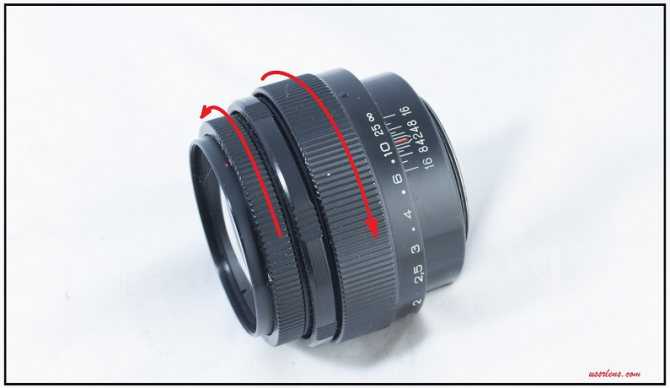
К примеру линзоблок от Юпитер-9 с креплением contax-Киев войдет в геликоид от Юпитер-9 с креплением м42.
Универсальное резьбовое соединение М42 позволяет установить объектив при помощи переходного кольца на зеркальные цифровые камеры Pentax, Sony, Canon, Olympus с сохранением фокусировки на бесконечность. На зеркальные камеры Nikon Юпитер-9 можно установить но фокусировки на бесконечность не будет, нужна юстировка (переделка) объектива под рабочий отрезок Nikon.
Jupiter-9 sharpness
Сlose-distance resolution test, minimal distance
Testing methods description
- Target: 10-15 cm picture, printed on glossy photo paper
- Distance: 1.7m
- Camera: Sony A7II (24mpx, full-frame, tripod, remote control). M-mode, ISO fixed, WB fixed, SteadyShot – OFF.
- The test was repeated for every F-stop on every focus position with manual focus adjustment for each shot. That is to avoid the effect of field curvature.
- RAW processing: Capture One, default settings. All quality settings – 100%. Crops – 300×200 px
Original target image (printed in horizontal orientation on 10cm X 15cm glossy photo paper)
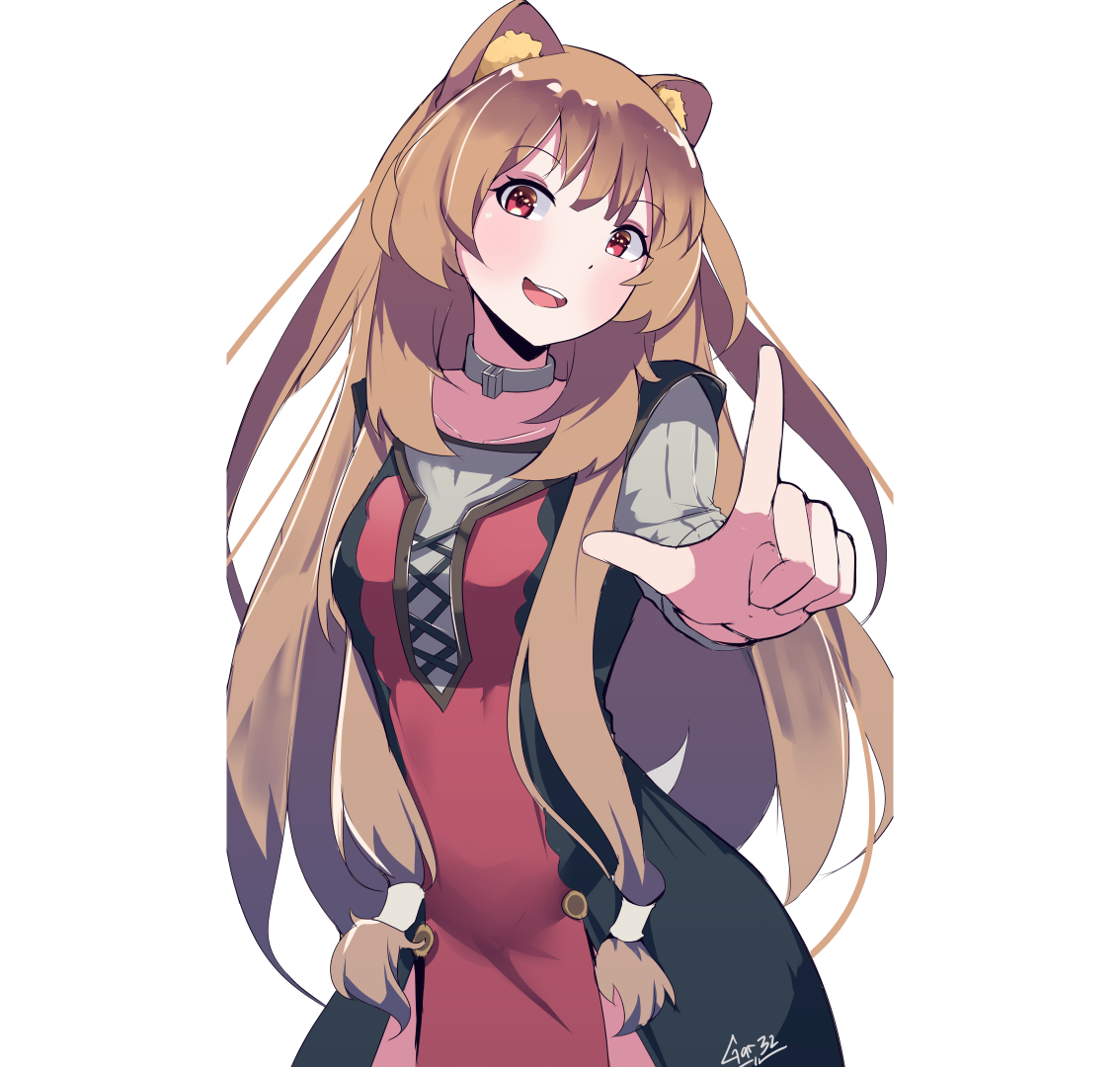
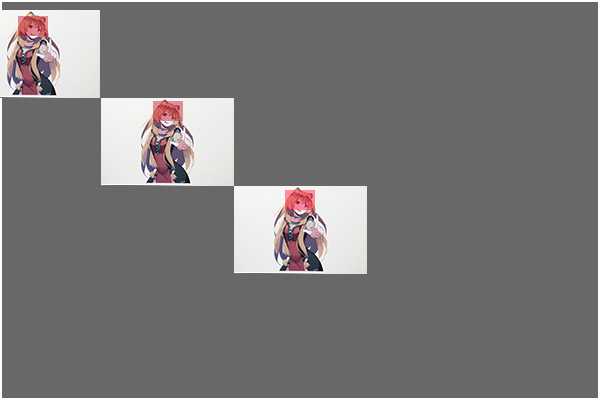
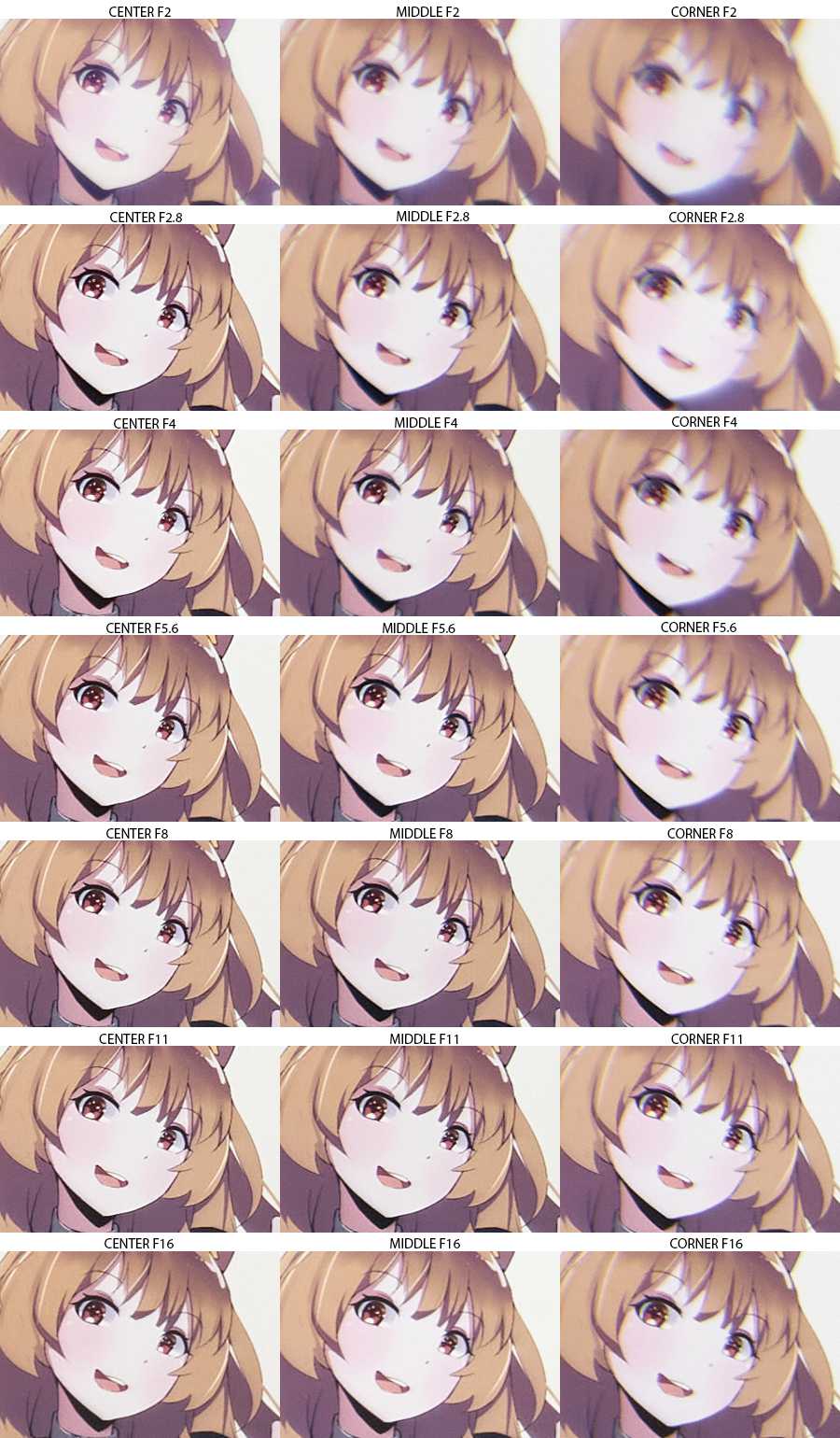
Testing methods description
- Target: cityscape
- Distance: > 200 meters to center focus point
- Camera: Sony A7II (24mpx, full-frame, tripod, remote control). M-mode, ISO fixed, WB fixed, SteadyShot – OFF. The focus point is on the center only.
- RAW processing: Capture One, default settings. All quality settings – 100%. Crops – 300×200 px
Jupiter-9 – final conclusion

In one sentence, the emotions after the use of this lens can be expressed as – it is so terrible that it attracts. Let me explain:
There are all kinds of strange arts in this world, like painting on dirty cars or sculpting out of rusty bicycles. And this Jupiter is just such a special material or tool with which you can do something that will differ from the generally accepted one. Yes, in the 40s it would not surprise anyone, but today, when lenses and ultra-pixel sensors make photos up to a crunch in the viewer’s pupils, this lens can be salvation. Simply attracting attention through the unusual.
Base results:
A cursory examination of the test results reveals that the lens’s IQ can be called terrible and this would not be an exaggeration. There are positive aspects, like almost no vignetting, good geometry, and rounded bubbles on a closed aperture. But sharpness, one might say, is completely absent. To get a good result in the middle, you need to close it F5.6, or rather even up to F8. Corners simply speaking are absent.
It requires skills:
There is a problem – it is difficult to imagine how much a photographer must train to learn how to use it well. For example, in reviews, this lens is often praised for its bokeh and is called an excellent portrait lens. But we can see the sharpness only in the middle. As a result, not everyone is ready to use a portrait lens in which the subject cannot be placed according to the rules of the golden ratio. Simply because there will be a softness in the place of the golden ratio.
By the way, this lens is equipped with Preset Aperture Ring. A very strange thing from the modern point of view, but it works.
The feelings:
And one another trait of this Black – the feeling. I have a very accurate description of the feeling that a photographer gets when holding Jupiter 9 in his hands. Do you see this photo?
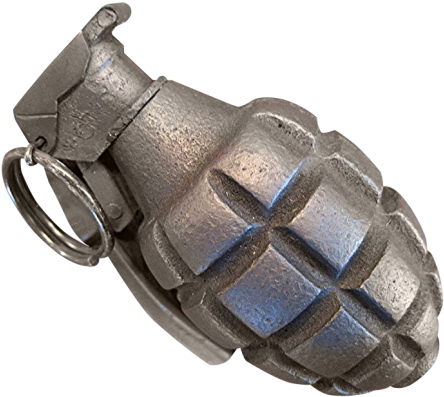
So, the feelings are absolutely identical. The grenade may be felt a little fragile, but not the lens – it is really the very fat piece of iron.
Of course, it would be strange to recommend Jupiter-9 to anyone. But if it falls into your hands – try to take a picture with it. There is a very good chance that this piece of glass and steel can entertain and delight you.
Have a nice day!
Линза моего секретного оружия | Fstoppers
Home Originals Gear
Я помню, когда впервые начал заниматься фотографией, я пытался выяснить, какой объектив и камера использовались для каждой фотографии, которая мне нравилась. Я был убежден, что если бы у меня было такое сочетание стекла и зеркал, я бы создавал шедевры. К сожалению, этот ход мыслей ближе к дыму и зеркалам, и вскоре я понял лучше. Любопытно, однако, что теперь я думаю, что есть какие-то правду, и эта правда открылась мне с помощью линзы, которая теперь является моим секретным оружием.
После публикации этой статьи объектив будет понижен в должности из «секретного оружия» до просто «оружия», но фотография — это не та отрасль, где вознаграждается эгоизм с информацией.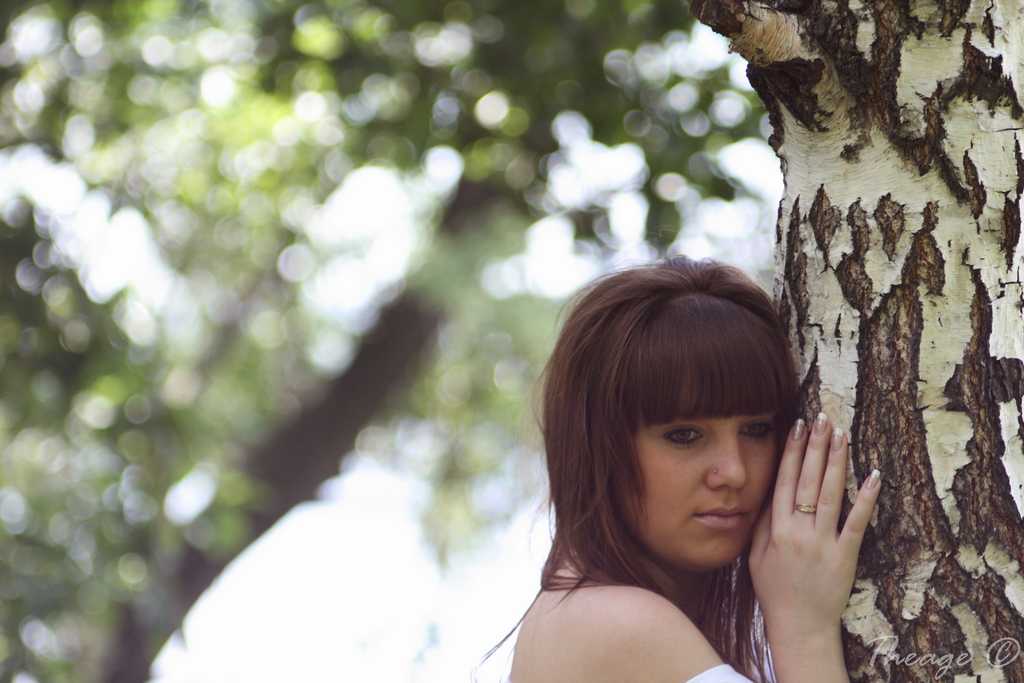
Снято с диафрагмой f/1.5 при естественном освещении после нескольких неудачных попыток.
Этот объектив не для всех и даже для парня, которому это нравится, не является объективом общего/повседневного использования. Во-первых, качество его сборки настолько высокое, что он может использоваться как снаряд, и я уверен, что он может убить человека; это так тяжело.
Моя четвертая и последняя претензия — палка о двух концах этого объектива. Круглое закрученное боке, которое демонстрирует нам этот российский чемпион, действительно означает, что если вы снимаете с широко открытой диафрагмы, вы как котенок далеки от самого мягкого изображения, которое вы видели после той фотографии, которую вы когда-то сделали на раскладушку пьяным и в темноте.
Итак, чем мне так нравится этот объектив? Пока я не купил свой любимый Canon 135 мм f/2, я не видел особой разницы между изображениями с одинаковыми фокусными расстояниями. Были тонкие нюансы, но ничего, что можно было бы классифицировать как стилистическое. 135 мм заставили меня усомниться в этом убеждении, а Зенит 85 мм заставил меня относиться к нему полностью атеистично. Всякий раз, когда я снимаю сейчас, я удостоверяюсь, что получаю нужные кадры, а затем поднимаю резервуар для боке на корпус камеры. У него очень узнаваемый «внешний вид» даже для людей, не являющихся фотографами, и он традиционно является результатом исключительно старых (под которыми я подразумеваю винтажные) объективов.
Если вы можете сфокусироваться, трудно сделать изображение, которое не было бы кинематографичным и привлекательным.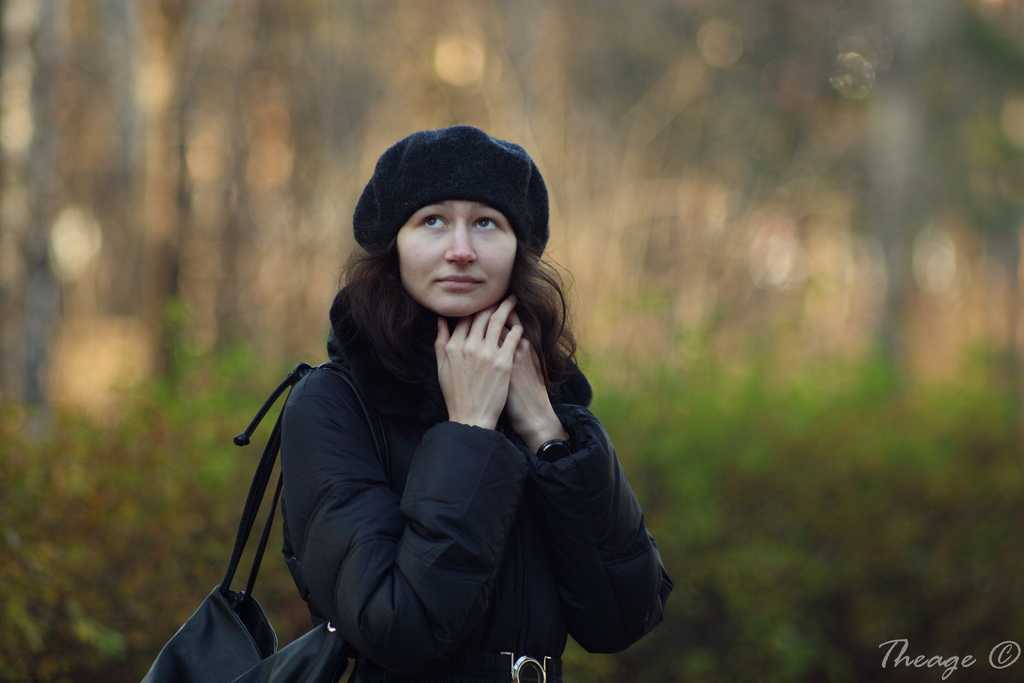
Одним из явных признаков того, что я люблю этот объектив (кроме того, что я рисую Зенит и свои инициалы на стенах ванной), является то, что даже когда свет размывает мое изображение и я чуть не упускаю идеальную фокусировку, я все равно не хочу выкинуть картинки.
В заключение, этот объектив неудобен, тяжел, раздражает, не любит яркого света и неустойчив: 10/10, купил бы его снова.
Fstoppers Originals
Gear
Роберт К. Бэггс — профессиональный портретный и коммерческий фотограф, педагог и консультант из Англии. Роберт имеет высшую степень по философии и степень магистра по исследованиям. В 2015 году работа Роберта о плагиате в фотографии была опубликована в рамках учебных программ нескольких университетов по фотографии.
The Jupiter-9 85mm f/2
First of all: As you already might know, I’m not exactly a technical lens reviewer. I don’t measure any things. I only take pics, do some random pixel peeping at maximum and then write about my personal, subjective findings.
However, the Jupiter-9 has been more professionally reviewed on a Sony A7 II by the guys from phillipreeve.net – so if you’re interested in this lens, my suggestion is to read their review and also see some full-size samples there!
Okay. Now to the lens. As you read above, Zeiss developed the Sonnar 85mm f/2 lens for their Contax rangefinder system in the 1930s. Lens elements weren’t coated back then, so for this 85mm – as well as for their 50mm lenses – they came up with a unique design where the seven elements were grouped as 1–3–3. The individual elements in both 3-lens groups were cemented together in an effort to reduce the air-glass surfaces as those, when using uncoated glass, always reduced contrast and also light transmission. This exact lens design is what is called a “Sonnar”. Read more about it here on pencilofrays.com.
As has been told many times already, after Second World War, the Russians transferred much of the Zeiss equipment, designs and knowledge to their country. And after several prototypes and pre-production units, the Jupiter-9 85mm f/2 entered mass production in 1951, using the very same Sonnar formula, even though the radii of the individual lens elements have been altered due to the use of domestic glass types. (Every glass type has its own special characteristics, and lens designs have to take those precisely into account.)
 Jupiter-9 with M39 rangefinder mount on the Sony A7R II.
Jupiter-9 with M39 rangefinder mount on the Sony A7R II.
Повышаем резкость Юпитер 9 на открытой диафрагме, обзор и примеры фото
1. Объективы Юпитер-9 известны как достаточно мягко-рисующие, связано это с не высокой разрешающей способностью. Они и изначально не планировались как резкие. Основное предназначение — портретная съемка. Но в то же время, 30 линий на миллиметр в центре, достаточно не плохая разрешающая способность.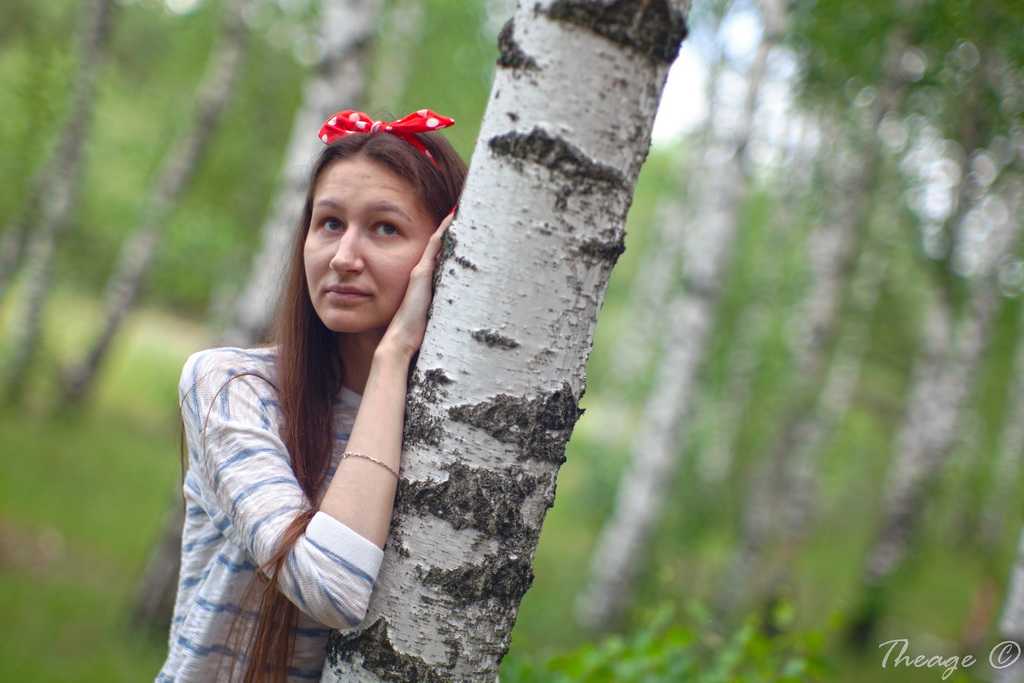 Бюджетные, мультизумы, типо сигм и тамронов 18-200 в основном не превосходят Юпитер-9 по разрешающей способности. Учитывая специфику применения, этого вполне достаточно. Фокусное расстояние 85 мм, позволяет избежать перспективных искажений при съемке плечевых портретов, а на кропе и крупно лицевых.
Бюджетные, мультизумы, типо сигм и тамронов 18-200 в основном не превосходят Юпитер-9 по разрешающей способности. Учитывая специфику применения, этого вполне достаточно. Фокусное расстояние 85 мм, позволяет избежать перспективных искажений при съемке плечевых портретов, а на кропе и крупно лицевых.
2. Однако если бы все было так радужно, не потребовалось бы писать эту статью. Объективы производящиеся в далеких 50-ых годах на Красногорском заводе, действительно были резкими. Также резки были и дальномерные Юпитер-9 которые производились на заводе Арсенал в Украине.
В тоже время черные юпитеры 9, производства Лыткарино не обеспечивают достаточно резкости на открытых значениях диафрагмы. Обычно они дают более менее приемлемую картинку при закрытии диафрагмы до 4. В сети появлялось множество догадок такого дефекта и много вариантов как избавиться от такой проблемы.
Путем долгих проб и ошибок, в целом в сети сформировалось мнение — откуда появляется софт эффект на открытой у черных Лыткаринских Юпитер 9.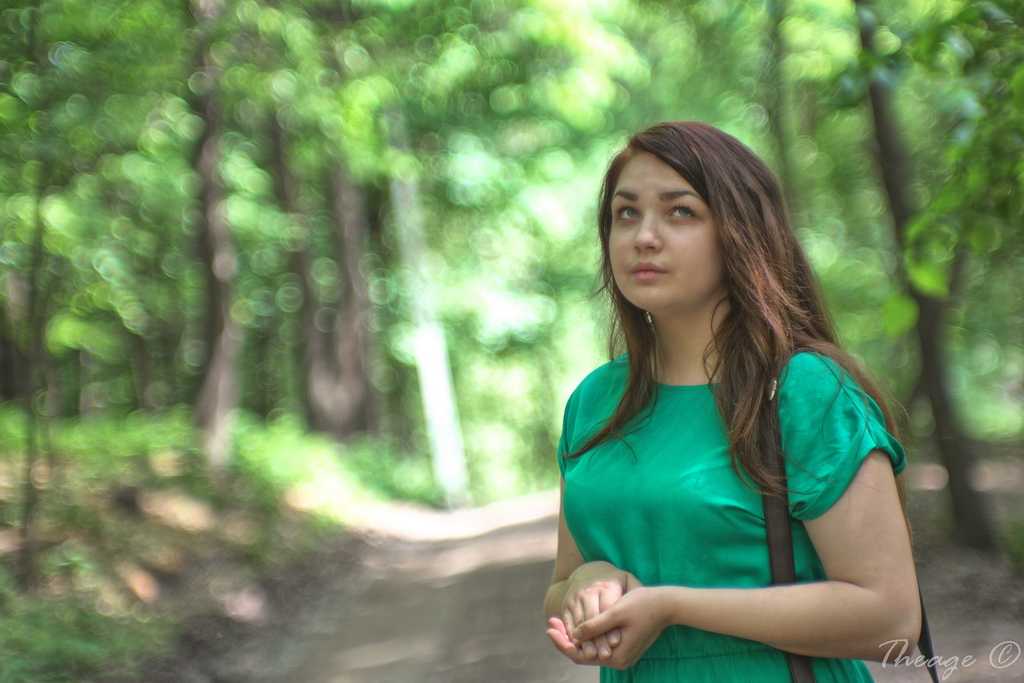 В основном это мнение сформировал Сергей Елизаров (ник в сети necster), он провел измерения стакана и выявил что в черных юпитерах, передняя линза ближе ко второй склейке на 0.14 мм. Кто то советовал как следует центровать переднюю линзу по средствам виброзвонка мобильного телефона и после чего затягивать, что якобы тоже приводило к улучшению результата.
В основном это мнение сформировал Сергей Елизаров (ник в сети necster), он провел измерения стакана и выявил что в черных юпитерах, передняя линза ближе ко второй склейке на 0.14 мм. Кто то советовал как следует центровать переднюю линзу по средствам виброзвонка мобильного телефона и после чего затягивать, что якобы тоже приводило к улучшению результата.
3. Я решил просто подложить под переднюю линзу, проволочку толщиной примерно 0.15 мм. Раскрутил кольцо фиксирующее переднюю линзу зубочисткой
Важно при этом быть чистым и руками и помыслами, и иметь по близости грушу, что бы выдувать пылинки
4. На мой взгляд, благодаря проволочке, линза стала по центру своего посадочного гнезда, и что сказалось на резкости. Резкость при съемке крупного портрета на диафрагме 2, вполне достаточная. Хотя до этого были сильные сферические аберрации, и приличный софт эффект.
Что бы оценить что резкости действительно достаточно — привлек маму. Все фото на максимально открытой диафрагме 2
Обратите внимание на характер размытия, зонаровское(Carl Zeiss Jena Sonnar) размытие, классический эталон для портретной фотографии
Примеры фото на Юпитер 9
5. Сфокусироваться очень тяжело, грип очень тонкая, чуть не попал и все, мыло. Грип по отзывам гораздо тоньше чем на том же Гелиос 40-2 который светлее в почти 2 раза( диафрагма 1.5, против 2 на юпитер 9). Полностью подтверждаю. Через видоискатель я почти не попадаю, хотя имею большой опыт использования мануальной оптики, такого я не видел, не смотря на достаточно большой ход кольца фокусировки, попасть очень сложно. Приходится в Live View, что делать на солнце тоже не удобно.
6.
7.
8. Сложно конечно считать объектив полностью пригодным на диафрагме 2, Порой он прилично софтит на таких значениях диафрагмы, особенно на улице в солнечный день, если снимать человека в полный рост. Можно прикрывать диафрагму до 2.8. Тогда резкость еще получше, да и попадать в цель проще. 15 лепестков диафрагмы, обеспечивают круглое отверстие на любых значениях.
15 лепестков диафрагмы, обеспечивают круглое отверстие на любых значениях.
Еще про юпитер-9 можно почитать у меня на сайте в статье посвященной разборке и ремонту диафрагмы объектива и в статье посвященной переделке объектива Юпитер-9 на Nikon, для получения бесконечности.
Blog Archive
-
►
2023
(120)
►
August
(14)
►
July
(24)
►
June
(14)
►
May
(15)
►
April
(14)
►
March
(16)
►
February
(11)
►
January
(12)
-
▼
2022
(176)
►
December
(16)
►
November
(15)
►
October
(16)
►
September
(14)
►
August
(14)
►
July
(13)
►
June
(15)
►
May
(18)
►
April
(15)
►
March
(10)
-
▼
February
(17)
►
January
(13)
-
-
►
2021
(161)
►
December
(15)
►
November
(12)
►
October
(10)
►
September
(11)
►
August
(12)
►
July
(10)
►
June
(14)
►
May
(15)
►
April
(15)
►
March
(18)
►
February
(14)
►
January
(15)
-
►
2020
(270)
►
December
(19)
►
November
(25)
►
October
(25)
►
September
(23)
►
August
(17)
►
July
(22)
►
June
(12)
►
May
(23)
►
April
(26)
►
March
(30)
►
February
(25)
►
January
(23)
-
►
2019
(256)
►
December
(22)
►
November
(15)
►
October
(13)
►
September
(18)
►
August
(22)
►
July
(18)
►
June
(25)
►
May
(26)
►
April
(26)
►
March
(26)
►
February
(26)
►
January
(19)
-
►
2018
(328)
►
December
(23)
►
November
(14)
►
October
(19)
►
September
(27)
►
August
(29)
►
July
(37)
►
June
(31)
►
May
(27)
►
April
(31)
►
March
(31)
►
February
(28)
►
January
(31)
-
►
2017
(368)
►
December
(32)
►
November
(33)
►
October
(33)
►
September
(29)
►
August
(31)
►
July
(30)
►
June
(26)
►
May
(30)
►
April
(32)
►
March
(33)
►
February
(29)
►
January
(30)
-
►
2016
(329)
►
December
(34)
►
November
(36)
►
October
(33)
►
September
(33)
►
August
(26)
►
July
(20)
►
June
(18)
►
May
(27)
►
April
(27)
►
March
(31)
►
February
(23)
►
January
(21)
-
►
2015
(276)
►
December
(20)
►
November
(22)
►
October
(25)
►
September
(21)
►
August
(20)
►
July
(24)
►
June
(20)
►
May
(21)
►
April
(22)
►
March
(26)
►
February
(24)
►
January
(31)
-
►
2014
(327)
►
December
(27)
►
November
(27)
►
October
(29)
►
September
(28)
►
August
(27)
►
July
(26)
►
June
(20)
►
May
(28)
►
April
(31)
►
March
(33)
►
February
(25)
►
January
(26)
-
►
2013
(335)
►
December
(18)
►
November
(22)
►
October
(22)
►
September
(34)
►
August
(24)
►
July
(29)
►
June
(30)
►
May
(29)
►
April
(30)
►
March
(33)
►
February
(27)
►
January
(37)
-
►
2012
(443)
►
December
(39)
►
November
(37)
►
October
(41)
►
September
(36)
►
August
(33)
►
July
(36)
►
June
(37)
►
May
(41)
►
April
(32)
►
March
(32)
►
February
(36)
►
January
(43)
-
►
2011
(348)
►
December
(40)
►
November
(32)
►
October
(27)
►
September
(39)
►
August
(40)
►
July
(22)
►
June
(25)
►
May
(30)
►
April
(20)
►
March
(24)
►
February
(27)
►
January
(22)
-
►
2010
(360)
►
December
(35)
►
November
(28)
►
October
(16)
►
September
(25)
►
August
(33)
►
July
(23)
►
June
(28)
►
May
(30)
►
April
(35)
►
March
(30)
►
February
(35)
►
January
(42)
-
►
2009
(361)
►
December
(48)
►
November
(68)
►
October
(43)
►
September
(41)
►
August
(30)
►
July
(21)
►
June
(12)
►
May
(37)
►
April
(11)
►
March
(19)
►
February
(14)
►
January
(17)
-
►
2008
(173)
►
December
(23)
►
November
(8)
►
October
(18)
►
September
(4)
►
August
(11)
►
July
(6)
►
June
(8)
►
May
(41)
►
April
(1)
►
March
(15)
►
February
(11)
►
January
(27)
-
►
2007
(125)
►
December
(28)
►
November
(7)
►
October
(1)
►
September
(13)
►
August
(26)
►
July
(18)
►
June
(4)
►
May
(1)
►
April
(2)
►
March
(10)
►
February
(7)
►
January
(8)
-
►
2006
(27)
►
December
(14)
►
November
(13)
Images taken with the Jupiter-9
Here’s some image galleries. As you can see, the lens flares wildly – and you can use that for creative purposes. Flares and stray light effects change with aperture.
If you don’t like flaring, this lens definitely is not for you!
The lens is somewhat soft with a lot of spherical aberrations at open aperture. Central sharpness becomes “modern” around f/4, the borders and corners are not really super sharp even at f/8. I’d still say the Jupiter-9 delivers an overall sharper image at f/8 than most modern 24-105 or similar zoom lenses would do at 85mm. But, in general, you don’t buy the Jupiter-9 just for sharpness either.
You buy it because you appreciate its old-fashioned, classic rendering.
This first set of three pics was taken at f/2, f/2.8 and f/4. See how the center sharpens up at f/2.8 already, and how incoming stray light from a big street lamp to the right of the frame changes with aperture:
Some more shots from the same evening, the flower and the #14 crane at f/2 and the two others at around f/8:
Here’s one with a stray light effect, for the second shot I shaded the front lens element. Both taken at around f/5.6:
Many folks describe the Jupiter-9 as a portrait lens, right? I took a lot of portraits of friends already but they don’t want to have themselves published in the internet – sorry my readers. I have to find a solution for that at some point. But at least, I can give you this sample:
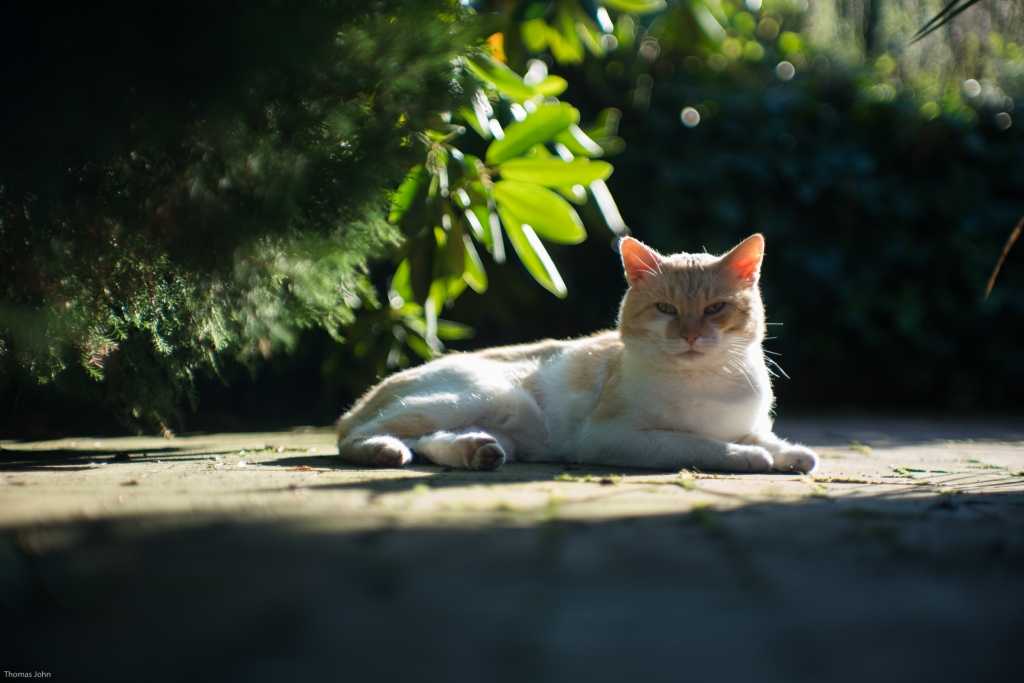 The roamer (at f/2).
The roamer (at f/2).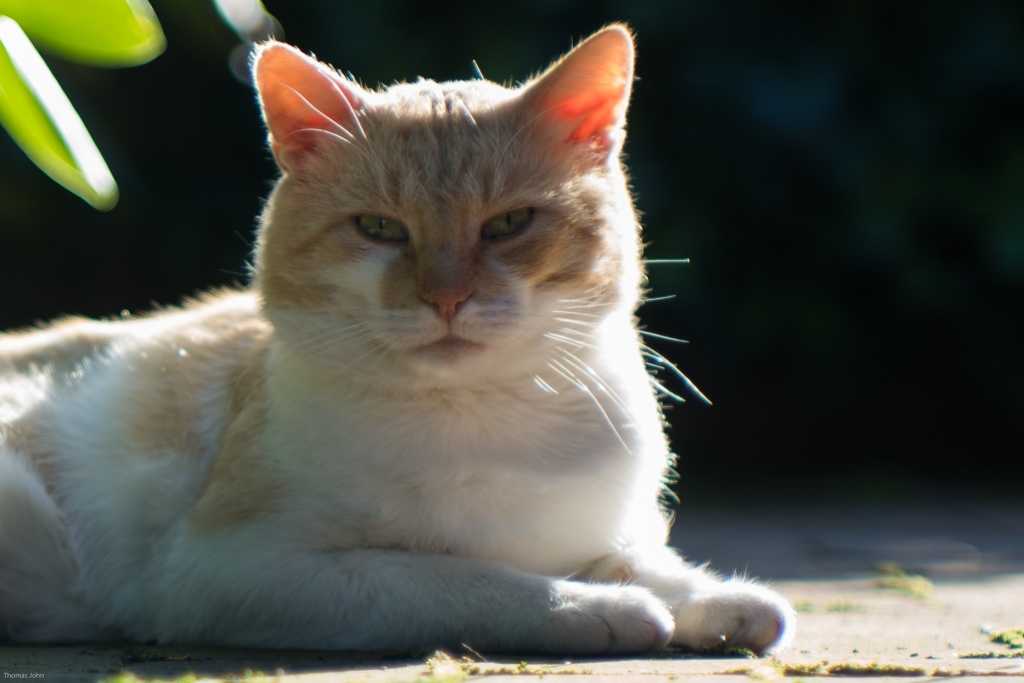 This is a 100% crop (click on it for full size).
This is a 100% crop (click on it for full size).
Note that all my photos, as usual, are taken in RAW and processed to taste. The only things I did never correct or alter in any on the shots that you see in this post are CA’s, vignetting and distortion.
Please also respect my copyright on all of these images!
The gallery below – A day at the countryside:
Again, you’ll see some … well let’s call it cinematic, hehe … light effects on some of the pics above. Often I had to shade the front lens element with my hand. The Jupiter-9 lens does need an effective lens hood. Sometimes, however, you can use the stray light effects to your creative advantage. It depends!
The shot of the wooden gate was taken at f/2, it reveals some “swirly” bokeh as well. The farm truck is also an f/2 image, look out for the color errors around some of the more contrasty edges.
There are two pics of an almost bare rhododendron plant; first at f/2 and the second I think at around f/4. You see that the bokeh gets somewhat less busy – but maybe also less characteristic – if you close down a stop or two. The beautiful thing about the Jupiter-9 is that it has a super-smooth, 15-bladed aperture. So you can close down and “bokeh balls” still will look almost perfectly round. You won’t ever get any crisp “sun stars” though.
Here’s another set taken at f/2, f/2.8 and f/4. If you don’t like all that “glow” and color errors, you’ll have to stop down to f/2.8 at least. However, imagine you’d convert these to black & white. There, that same soft glow might look just beautiful:
The last gallery – A walk through the neighborhood:
I like all these traits of the Jupiter-9. It can go from wild and soft to fairly crisp and clean, all in one lens. But at all apertures, it renders like an old lens. It never delivers the clinical “harshness” of many modern designs. That’s what I like with classic lenses in general!
The Jupiter-9 is a lens design that dates back to the 1930s. It is over 80 years old by now. When it was launched as the Zeiss Sonnar 85mm f/2, it was right at the cutting-edge of lens design. And even today, it delivers images with beauty and pride that can look amazing when hanging on your wall. As I said before, it already inspired me to link one of my pictures to old poetry …
That’s the stuff I love!
Note:Also see my video review of this lens on my new youtube channel!
Historical note
The lens design is based on the design from Carl Zeiss Jena Sonnar 85 mm f/2, which was developed in 1932 by Ludwig Bertele and is based on the optical design of his previous Carl Zeiss Jena Sonnar 50 mm f/1.5. Thus Jupiter-9 is not a copy, but really modified version (unlike Jupiter-3, which was the direct copy in the first period of production after WWII).
As you can see, the lens has been in production for 57 years. It is not hard to guess that lenses from the 50s and 90s are very different lenses. Here is the smallest possible division into modifications for this lens (the specific lens under test is shown in bold.):
- ЮПИТЕР-9 2/85 АВТОМАТ – In the hull for cameras Kiev-10/15, “Arsenal (Kiev)” factory, mount Kiev-Avtomat
- ЮПИТЕР-9 1:2 F=8.5см. – Silver, Krasnogorskiy Mechanicheskiy Zavod (Krasnogorsk Mechanical Works, the abbreviation KMZ), mount Contax-Kiev
- ЮПИТЕР-9 1:2 F=8.5см П. – Silver, “Arsenal (Kiev)” factory, mount Contax-Kiev
- ЮПИТЕР-9 1:2 F=8,5см П. – Silver, KMZ, mount M39 for Zenit cameras (It is not “Leica Thread Mount (M39)” – the flange distance as for M42 SLR cameras)
- ЮПИТЕР-9 2/85. – Silver, Lytkarino Optical Glass Plant, mount М39 for Zenit cameras
- ЮПИТЕР-9 2/85. – Black (Old style), Lytkarino Optical Glass Plant, mount М39 for Zenit cameras
- JUPITER-9 2/85. – Black (New style), Lytkarino Optical Glass Plant, mount М42
- MC JUPITER-9 2/85. – Multi-Coated, Black (New style), Lytkarino Optical Glass Plant, mount М42
This separation allows us to understand that we are dealing with not even one lens. Please note that it is not enough to divide lenses into black and silver or multi-coated and non-multi-coated because there are 4 mounts, 3 factories, and 57 years of changes.
About the quality
This is the fact that in the USSR, the quality was so-so watched. And also there were periodic deviations from the requirements that were allowed in production to speed up the process, for example, before holidays or closing the annual plan. Probably one of the most popular articles on the Russian Internet about these Jupiters talks about how to properly tune these lenses.
You reasonably already realized that this review is not about the whole Jupiter lens line and not even about this particular black model without multi-coating. This review focuses only on lens 9104706 because any other lens named Jupiter-9 can be very different from it.
Technical data
| Lens type | Jupiter-9 |
| Focal length | 85 mm |
| Maximum aperture | f/2 |
| Manufacturer | KMZ |
| First year of sales | 1951 |
| Country of origin | USSR |
| Manufactured in | USSR |
| Lens mount | M39 rangefinder(also available for Kiev/Contax, M42 SLR and M39 SLR) |
| Optical design | 7 lenses in 3 groups,classic glass elements only,simple coatings |
| Close focusing distance | 1.15 metres |
| Aperture | 15 rounded blades,aperture ring without clicks |
| Size (diam. x length, without adapter) | 58mm x 68mm(at infinity, to mount flange) |
| Size (diam. x length, with adapter for Sony) | 58mm x 80mm(at infinity, to mount flange) |
| Filter threads | 49 mm |
| Weight (without adapter) | ~ 305 grams |
| Weight (with adapter) | ~ 350 grams |
Thomas

